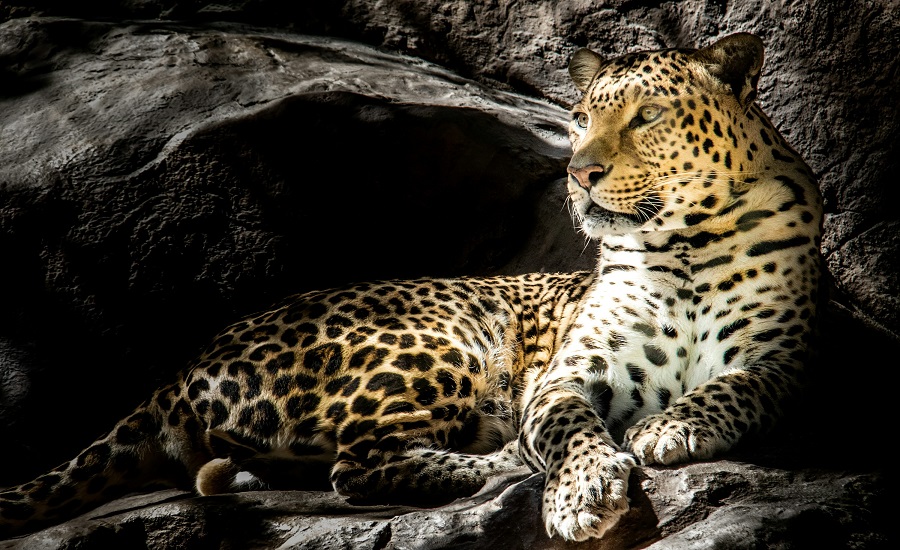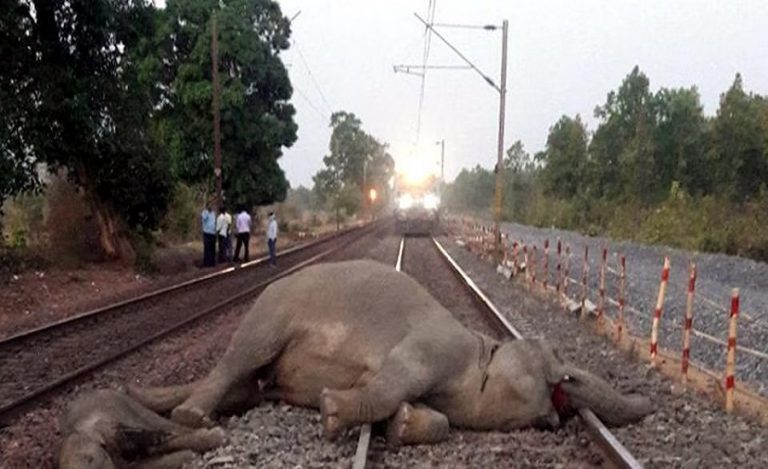Thiruvananthapuram — Kerala has recorded its highest number of leopard deaths in a decade, with 12 fatalities reported up to August this year, according to data released by the state Forest Department. This surpasses the previous annual highs of 10 deaths each in both 2020 and 2024, raising alarms among wildlife conservationists and forest officials.
92 Leopard Deaths in 10 Years: A Grim Tally
From July 2015 to August 2025, a total of 92 leopards—including adults, sub-adults, and juveniles—have died across the state due to a combination of natural causes, infighting, snaring, poisoning, hunting, electrocution, and vehicle collisions.
The distribution of these deaths indicates certain districts are more vulnerable than others:
- Palakkad: 34 deaths (highest)
- Wayanad: 20 deaths
- Thrissur: 8 deaths
- Idukki: 6 deaths
- Kottayam: 5 deaths
- Ernakulam: 4 deaths
- Thiruvananthapuram, Malappuram, Kasaragod: 3 deaths each
- Kollam, Pathanamthitta: 2 each
- Kozhikode, Kannur: 1 each
In 2025 alone, the breakdown includes:
- 6 adults
- 2 sub-adults
- 3 juveniles
- 1 individual of unidentified age
Snaring Emerges as a Key Threat
While natural deaths remain a contributing factor, preventable causes, particularly snaring, are drawing urgent concern. Two leopards died from snares this year, taking the total to eight snaring-related deaths since 2018. Despite anti-snare drives by forest officials, the use of these deadly traps has not declined.
According to a senior forest official, snares are often laid for wild boars but inadvertently trap non-target species like leopards. “Some local groups still encourage snares under the guise of community safety. These have become extremely dangerous,” the official told The New Indian Express.
Snaring differs from traditional trapping. “A snare typically captures the animal’s entire body, tightening as it struggles, which can cause internal bleeding, strangulation, or slow death. Traps, on the other hand, may catch only a limb or confine the animal in a cage,” the official explained.
Conservationists Call for Community Involvement
Wildlife researchers stress that conservation cannot succeed without local community participation. “Animals may remain trapped for hours or even days before being discovered. By the time tranquillisation is attempted, many are already in severe distress,” said Sandeep Das, a research associate with Calicut University’s zoology department.
Das emphasized that early detection and humane intervention protocols are critical, but these alone won’t work unless communities are educated and involved in wildlife protection.
Other Causes: Human-Wildlife Conflict Rising
In addition to snares, leopards have also fallen victim to:
- Poisoning, often in retaliation for livestock loss
- Hunting, though relatively rare and illegal
- Electrocution, from poorly maintained power lines or illegal fencing
- Vehicle collisions, especially near forest edges and highways
A broader rise in man-animal conflict has also been noted, not just with leopards but with elephants and other wildlife, as human settlements continue to expand near forested regions.
Urgent Need for Action
The record number of deaths in 2025 has highlighted the urgent need for a multi-pronged strategy, including:
- Stricter enforcement against poaching and illegal snares
- Wildlife-friendly infrastructure, such as overpasses and underpasses on highways
- Community outreach and education on co-existence
- Monitoring and research, using technologies like camera traps and GPS collars to study leopard movements and threats
Read also: Leopard Stuns Internet by Standing on Two Legs Like a Meerkat
The increasing number of leopard deaths in Kerala is not just a wildlife concern—it is a warning sign of ecological imbalance. Unless preventive measures are taken and community engagement becomes central to conservation efforts, the state may witness further decline in its already fragile leopard population.



























